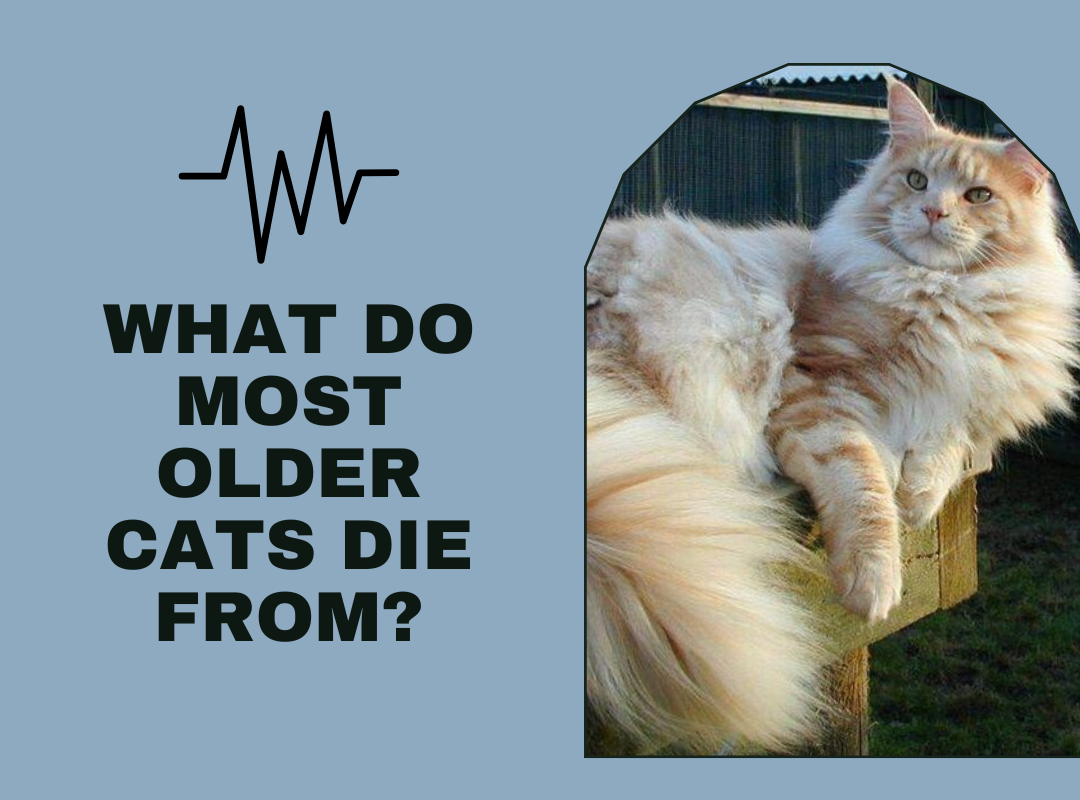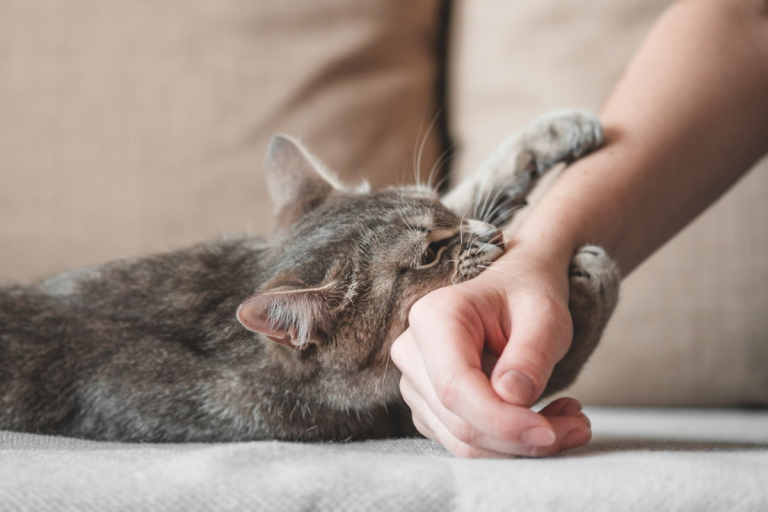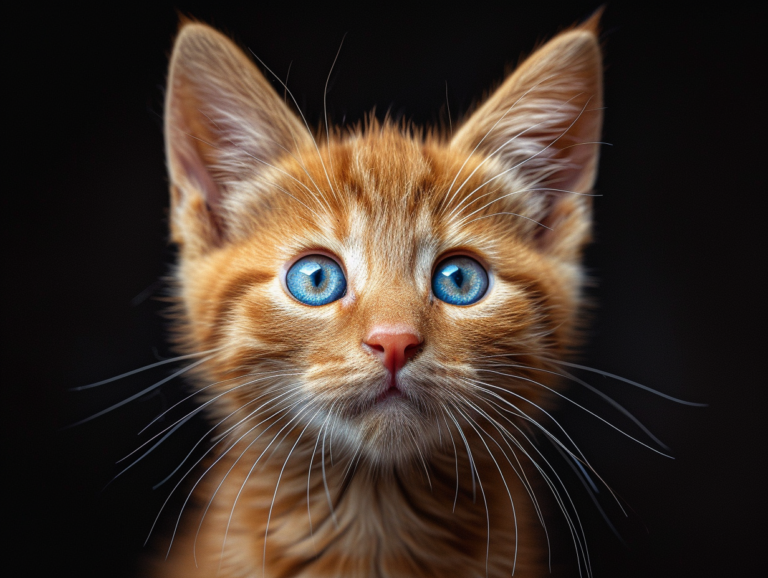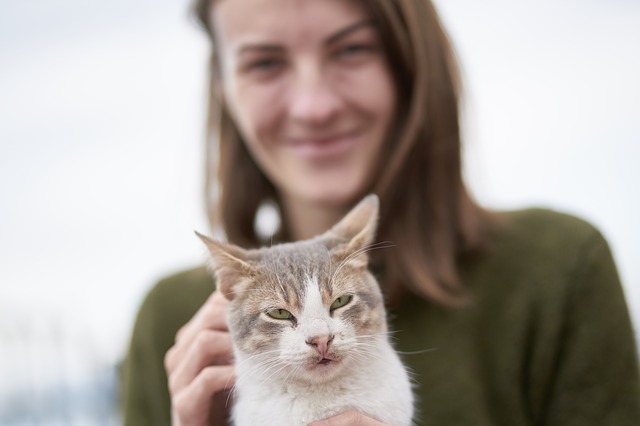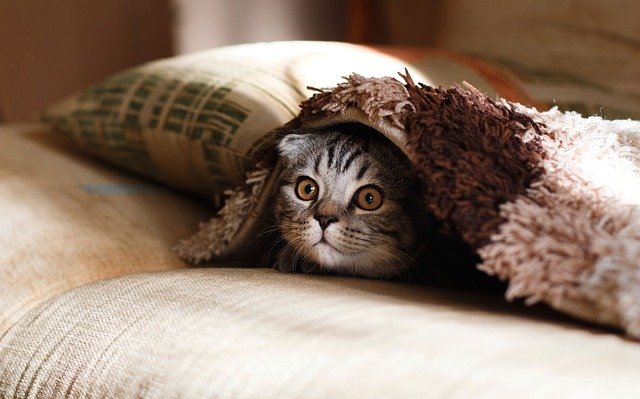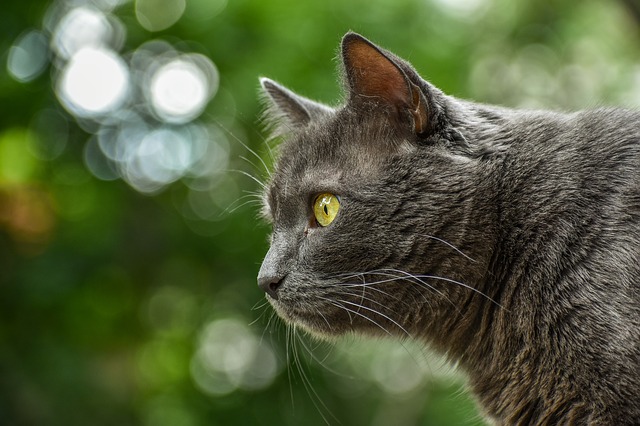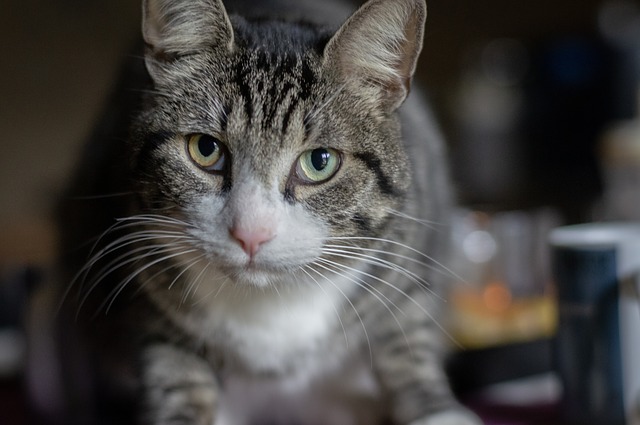What Do Most Older Cats Die From?
As cats age, their bodies become more susceptible to various health issues that can ultimately lead to their passing. It is essential for
Understanding the Life Expectancy of Cats
Before delving into the causes of death in older cats, it is crucial to have a basic understanding of a
Genetics play a significant part when it comes to the factors influencing a
In addition to genetics, a
Their lifestyle is another factor that plays a role in a
They may also be more prone to injuries from fights with other cats or animals. On the other hand, indoor cats are generally protected from these hazards and tend to have a more controlled and stress-free environment, leading to a longer life expectancy.
Environmental factors also contribute to a
It’s important to note that while these factors can influence a
In conclusion, understanding the life expectancy of cats involves considering various factors such as genetics, overall health, lifestyle, and environmental factors. By providing cats with proper care, a safe environment, and regular veterinary attention, we can help ensure they live long, healthy, and fulfilling lives.
Common Health Issues in Older Cats
While aging itself is not a disease, older cats are prone to certain health issues. Understanding these common conditions can help
As cats age, their bodies undergo various changes that can impact their overall health.
Feline Chronic Kidney Disease
One of the most common diseases in older cats is chronic kidney disease (CKD). The kidneys gradually lose their ability to function, leading to a decline in overall health. CKD can be a result of various factors, including genetics, infections, and certain medications. For more information about how to care a
"Caring for a Cat with Chronic Kidney Disease" is a comprehensive guide designed to support cat owners, veterinary professionals, and students dealing with feline kidney disease. With 68 pages of insightful content and colorful illustrations, it covers the science, emotional aspects, diagnosis, treatment, and practical care strategies for ensuring the best quality of life for cats with this condition. Featuring a step-by-step guide on administering medication and a case study demonstrating successful treatment, this second edition offers valuable insights and resources to navigate the complexities of managing chronic kidney disease in cats.
Cat owners must be vigilant for signs of CKD in their aging feline companions. Symptoms of CKD include increased thirst, frequent urination, weight loss, and poor appetite. Regular veterinary check-ups and early intervention can help manage this condition and improve the
Veterinarians may recommend a combination of treatments for cats with CKD, including dietary changes, medication, and fluid therapy. These interventions can help slow down the progression of the disease and alleviate the associated symptoms.
Hyperthyroidism in Cats
Hyperthyroidism, characterized by an overactive thyroid gland, is another prevalent issue in senior cats. The thyroid gland plays a crucial role in regulating the body’s metabolism; when it becomes overactive, it leads to a range of health problems.
RELATED: Hyperthyroidism in Cats – Symptoms, Treatment & Prognosis
Cat owners should be aware of the common symptoms of hyperthyroidism, which include weight loss despite a good appetite, restlessness, increased thirst, and frequent vomiting. If left untreated, hyperthyroidism can seriously affect a
Treatment options for hyperthyroidism in cats consist of medication and diet changes. Medication can help regulate thyroid hormone levels, while dietary modifications can support the
RELATED: Symptoms of Thyroid Disorders in Cats
Diabetes in Older Cats
Diabetes mellitus can develop in older cats, particularly those who are overweight or have a sedentary lifestyle. The condition affects the
Managing diabetes in cats requires a comprehensive approach.
With proper veterinary care and a controlled diet, diabetes can be managed effectively in older cats. Regular check-ups and close monitoring of blood sugar levels are essential to ensure the
The "Glucose Log Book" is a convenient and compact solution for accurately tracking blood sugar levels, with space for four readings daily and a notes section for additional details like blood pressure and meals. Its portable size makes it easy to carry wherever you go, ensuring you can maintain a comprehensive record for yourself and share vital information with healthcare professionals as needed.
As cats age, their owners must be proactive in their feline companion’s healthcare. Regular veterinary check-ups, a well-balanced diet, and a stimulating environment can help promote a longer and healthier life for older cats.
You might also like: Best glucose meter for cats
Signs and Symptoms of Illness in Older Cats
Recognizing the signs of illness in older cats is essential for timely intervention and proper care. Cats are skilled at masking their discomfort, so monitoring their behavior and physical health closely is crucial.
Behavioral Changes to Look Out For
In older cats, behavior changes can indicate underlying health issues. These changes may include increased aggression or irritability, excessive vocalization, decreased grooming, or sudden changes in appetite. Paying attention to such behavioral changes can help identify illness early on.
Physical Symptoms of Disease in Cats
Physical symptoms of illness in older cats may vary depending on the specific health condition. This can include weight loss, lethargy, changes in litter box habits, difficulty breathing, and visible signs of discomfort or pain. Regular physical exams with a veterinarian can help identify any unusual physical symptoms and provide appropriate treatment if needed.
Preventive Measures for Cat Health
Cat owners can take several proactive steps to promote their senior
Importance of Regular Vet Check-ups
Regular veterinary check-ups are crucial for older cats as they enable early detection of any potential health concerns. Routine bloodwork and physical examinations can help detect underlying conditions and allow for prompt intervention.
Balanced Diet for Older Cats
Providing a balanced and age-appropriate diet is essential for senior cats. Their nutritional requirements change as they age, and a diet rich in high-quality protein, vitamins, and minerals can support their overall health. Consultation with a vet can help determine the most suitable diet for an older
The Role of Exercise in a Cat ‘s Health
Regular exercise is beneficial for cats of all ages, including older cats. Gentle playtime and physical activity can help maintain their muscle tone, manage weight, and promote mental stimulation.
End-of-Life Care for Cats
As cats reach the end of their lives, special care and attention are needed to ensure their comfort and well-being.
When to Consider Palliative Care
When a
Euthanasia: Making the Difficult Decision
When a
In conclusion, understanding the common causes of death in older cats can help
For Extra Self Study About Feline Health
Always remember that chanelling your vet is the wisest option for the health of your
"The Veterinarians' Guide to Your Cat's Symptoms" offers comprehensive insight into understanding and interpreting your cat's health, utilizing a user-friendly chart system to navigate through symptoms, possible conditions, and appropriate actions. With over 150 charts and practical advice on behavioral issues, emergency first aid, and veterinary terms, this indispensable reference empowers cat owners to proactively manage their pet's well-being and ensure a healthy, happy life.
